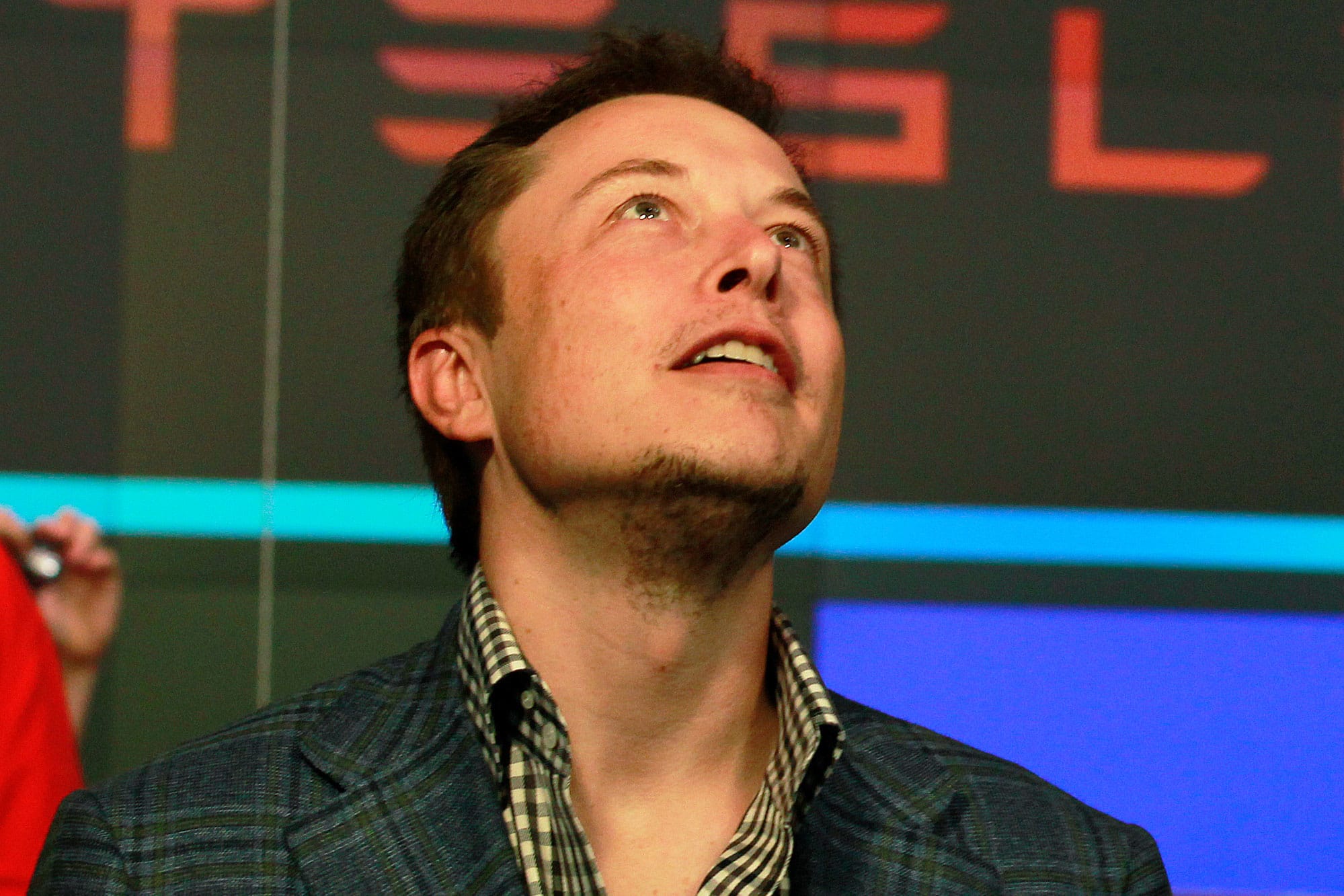CEO of Tesla Motors Elon Musk reacts following the company’s initial public offering at the NASDAQ market in New York June 29, 2010
Brendan McDermid | Reuters
S&P’s action on Tesla showed the growing power of indexers and passive investing.
S&P Dow Jones Indices has announced that Tesla will be added to the S&P 500 using the closing price on Dec. 18 in one single action.
S&P has been canvassing big institutional investors to try to figure out whether Tesla should be added in one fell swoop — on the close on Friday the 18th, which is a quadruple witch and the traditional day stocks are rebalanced in the S&P — or whether it should be split up into several separate trading days.
The concern: including Tesla in the S&P on the close on Dec.18, a quadruple witching expiration, along with a rebalancing of the S&P, will create a lot of trading volume and pressure on different stocks.
That concern is well-founded, given Tesla’s size.
This will be the largest rebalancing of the S&P 500 in history.
How big? Really big.
Tesla’s current market cap is $546 billion. However, due to Elon Musk’s ownership of 20%, the stock will enter the S&P with an 80% weighting, or about $437 billion.
Roughly 17% of the total value of the S&P 500 is tied to passive index investments, which would produce a need to buy about $72 billion in stock on the day of the rebalancing.
In order to buy $72 billion, you have to sell $72 billion. That’s a lot of money, and a lot of pressure. Last quarter, by comparison, the whole rebalancing of the S&P was $32.4 billion. The highest it has ever been was September 2018, when it was $50.8 billion.
S&P has canvassed the trading community to ask what the best way to handle this would be: Should it all be done on the one day of the rebalancing (Dec. 18 — when there is the greatest liquidity), or should it be spread out over a number of days?
The pros of doing it on one day is that there is massive liquidity on the rebalancing. The cons is that this may create downward pressure on the stocks that have to be sold that may create order imbalances.
In theory, changing the weighting of a stock in an index should not change the price, since nothing fundamental is occurring. However, this would be the biggest rebalancing in history, and nobody is quite sure how it could play out.
Ultimately, S&P decided to rip off the band-aid and do it all at once.
What this demonstrates is the power of indexers. The true amount of money likely indexed to the S&P 500 directly is likely much higher than the official number of about 17%. There are many who do not formally license the index but “emulate” it by buying most of the components.
No one knows exactly how big this shadow community of “closet indexers” really is, but it certainly is not unreasonable to expect there could be an additional $30-$50 billion in buying in additional buying, on top of the $72 billion from “official” indexers.
That is a lot of buying.
Subscribe to CNBC PRO for exclusive insights and analysis, and live business day programming from around the world.

